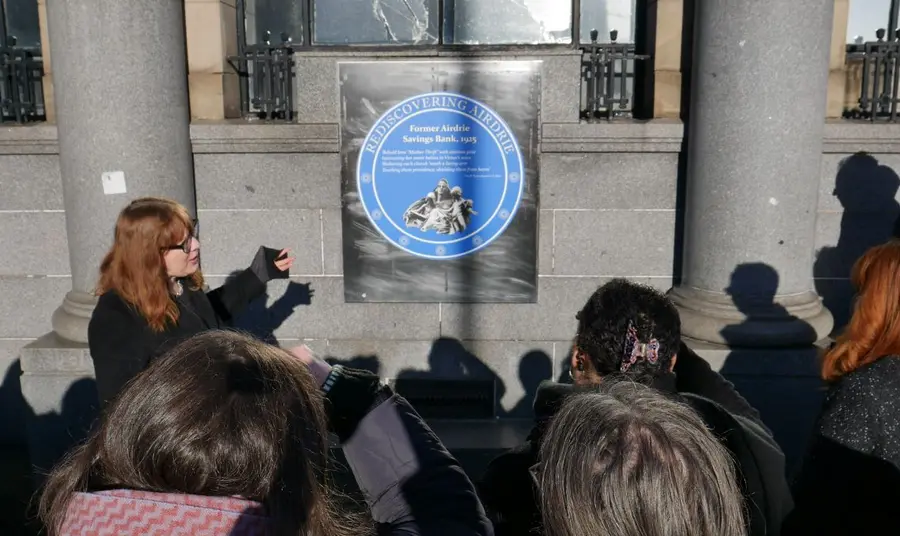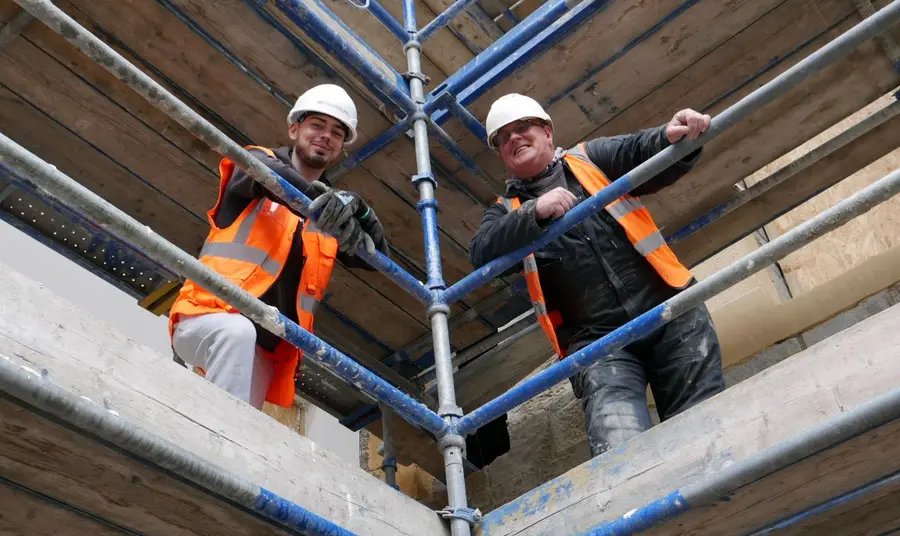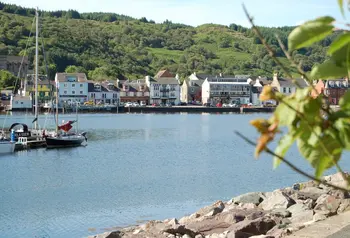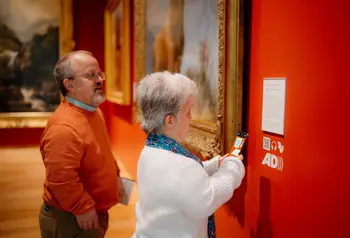Putting people’s memories at the heart of heritage-inspired regeneration

Heritage isn't just about places and things. It's about what they mean to us. This is what's known as 'felt experience'.
When local authorities or heritage organisations plan how to restore an area or building, understanding people’s felt experience can shape more effective, considerate decision making and sustainable planning. This is part of a process called ‘placemaking’, and it’s a key element of our Heritage 2033 strategy which reflects the unique role that heritage can play in bringing people together and improving where they live, work and visit.
Introducing the Felt Experience Resource Kit
We’ve developed a free resource in partnership with Historic Environment Scotland and the Arts and Humanities Research Council’s Place Programme (based at the University of Glasgow) to support heritage projects to work more closely with their communities.
The Felt Experience Resource Kit features practical, adaptable methods that demonstrate how emotional and sensory responses to heritage can be collected, interpreted and used to inform successful, community-led projects.

It draws on The Place Programme’s research across heritage studies, psychology and design, and its long-term focus on nurturing people-centered placemaking strategies.
How have heritage projects used felt experience?
In 2023, alongside Historic Environment Scotland, we awarded funds to North Lanarkshire Council’s Rediscovering Airdrie project. It used techniques from the resource kit, such as emotional mapping workshops, to make sure voices from a wide cross-section of the community were factored into its heritage-led regeneration plans.
In Glasgow, the City Council’s Govan Heritage: Remarkable Past, Bright Future project used the techniques in the resource kit to capture people’s feelings of pride, loss, resilience and hope about the former shipbuilding area. These insights are helping ensure regeneration efforts honour the community’s emotional landscape as well as its physical one.

Taking a people-focused approach to your heritage project
The Felt Experience Resource Kit includes a five-point plan that can be applied to heritage projects of all sizes.
1. Frame your questions
Develop a set of overarching questions that explore your target audience’s feelings and experiences, such as:
- Why does this place matter to you?
- How does this place make you feel?
- What would make you feel better about this place?
2. Use emoji prompts
As well as being a convenient shorthand, emojis can be useful in sharpening the focus of people’s feelings. Try prompts like:
- The history of this place makes me feel…
- The changes to this place make me feel…

3. Choose methods
The prompts can be used in a variety of ways, from bingo and plaques to photography and mapping exercises. These exercises are quick, inclusive and simple to set up.
4. Look for patterns
Are there recurring patterns to respondent’s emoji choices? Can you group the participant’s explanations – why they chose which emoji – into themes?
5. Make better decisions
Whether you’re building an application or an activity plan, understanding what your local heritage means to people can inspire new ideas and match your project’s targets to the needs of the community.
Download the Felt Experience Resource Kit to explore more, and find out how our grants are supporting regeneration and placemaking projects across Scotland.


